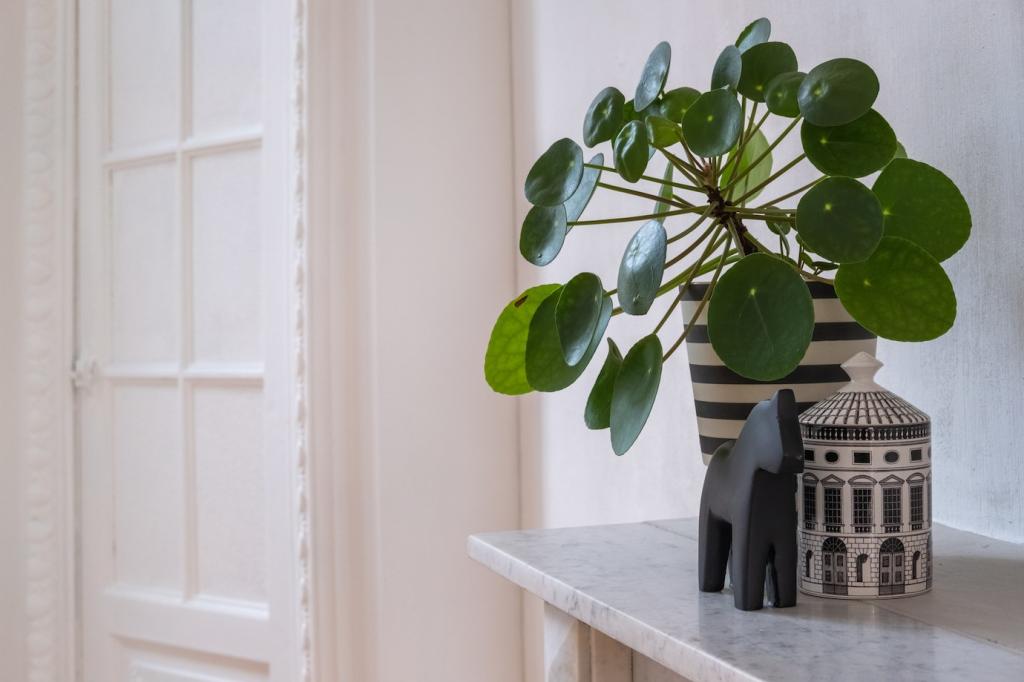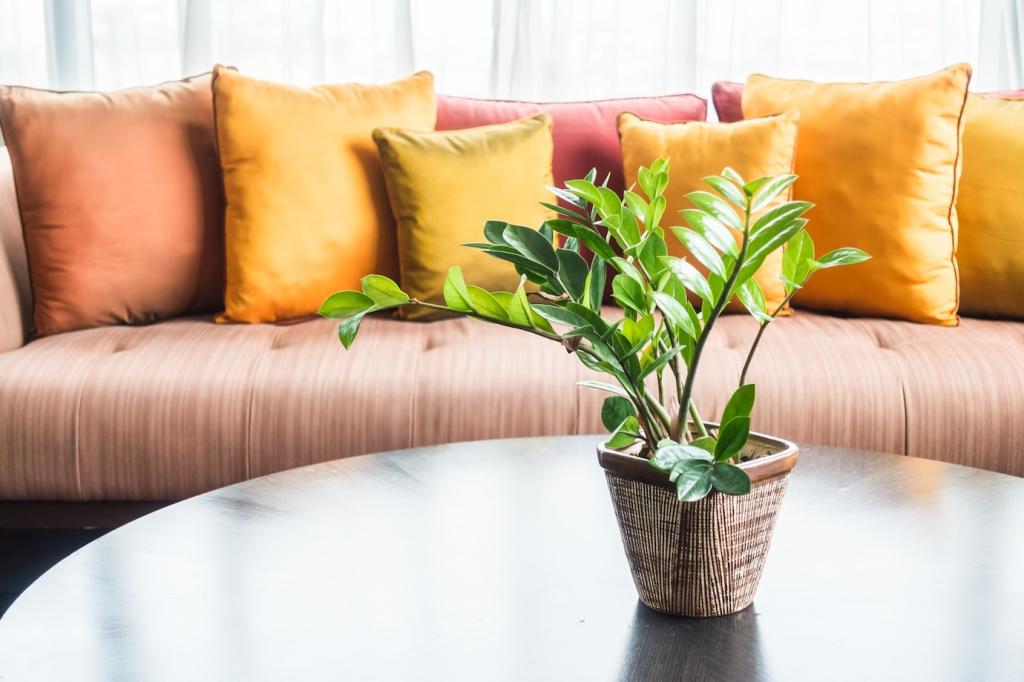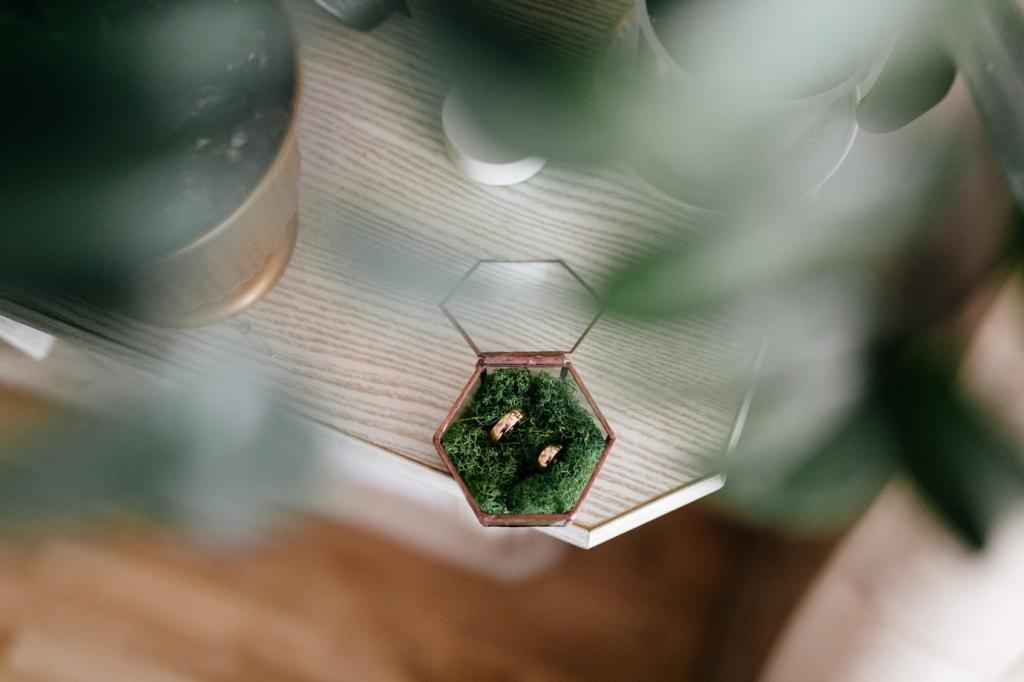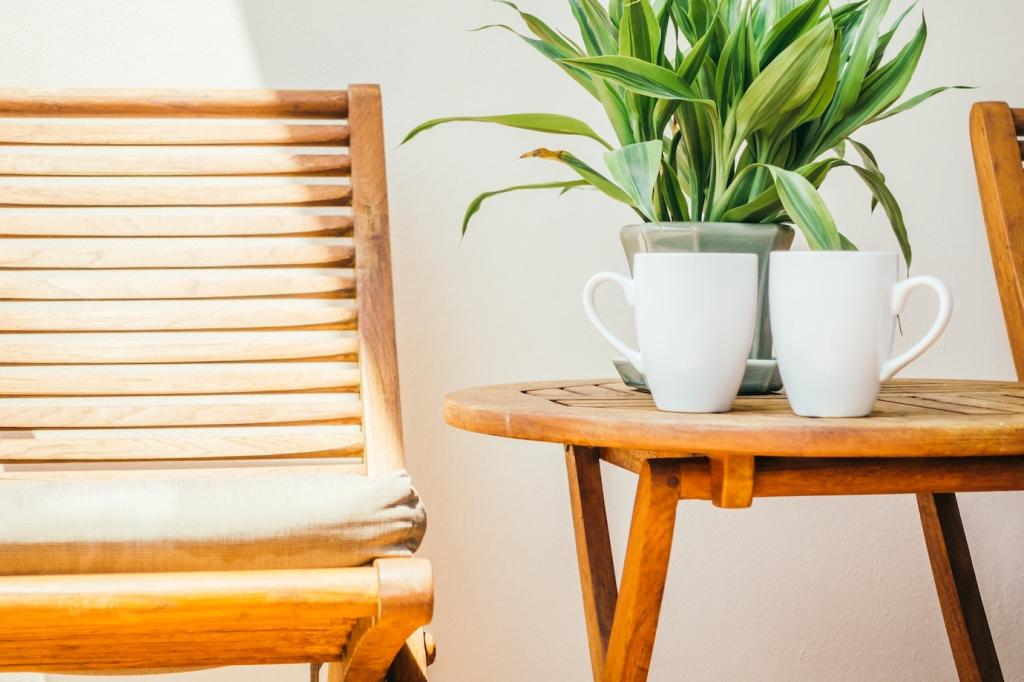
Eco-Friendly Flooring Options for Modern Homes
Choosing eco-friendly flooring is an impactful way to create a modern home that values both style and sustainability. Environmentally responsible flooring not only reduces your carbon footprint but also supports healthier indoor air quality and long-term durability. This guide explores a range of sustainable flooring materials and techniques that not only add beauty and function to your living spaces but also align with the values of mindful, contemporary living. Explore these inspired options to create interiors that pay homage to both the environment and modern design sensibilities.
Bamboo Flooring: Renewable Elegance
One of the chief advantages of bamboo flooring is its sustainable cultivation. Bamboo matures in just 3 to 5 years, compared to decades for oak or maple trees. This fast growth cycle allows for frequent harvesting without permanent depletion of forest areas. Ethical suppliers ensure responsible management of bamboo groves, avoiding harmful harvesting methods and excessive pesticide use. By supporting these practices, homeowners can feel confident that their choice of bamboo flooring supports sustainable agriculture and helps preserve natural habitats for future generations.

Cork Flooring: Comfort and Conservation
Cork wood is sourced by carefully peeling the bark from cork oak trees, a process that does not harm the tree and can be repeated every 9 to 12 years over the tree’s lifespan. This regenerative harvesting method supports thriving forests and biodiversity, as the trees continue to absorb carbon dioxide and protect against soil erosion. With responsibly managed cork farms, homeowners can select cork flooring with full confidence in its renewable, environmentally sound origins.

Reclaimed Wood: History with a Future

The use of reclaimed wood directly combats resource depletion by repurposing timber that would otherwise end up in landfills. This practice helps reduce demand for newly harvested hardwoods, conserving forests and minimizing the environmental impact associated with logging and transportation. With careful milling and finishing, reclaimed timber achieves new longevity and function, making it a resourceful alternative for flooring in contemporary homes.

Recycled glass tiles offer a versatile, luminous flooring solution crafted from discarded bottles and industrial glass scraps. The glass is processed into mosaic or larger tiles that deliver a unique, contemporary look and shimmering visual appeal. Due to their non-porous and stain-resistant nature, these tiles are easy to maintain and ideal for kitchens, bathrooms, and entryways. Choosing recycled glass tiles reduces landfill demands while infusing spaces with a one-of-a-kind, sustainable touch.

Repurposed from used car tires and other discarded rubber products, recycled rubber flooring is a testament to creative sustainability. This resilient material is especially popular in home gyms, playrooms, and utility areas where comfort, grip, and shock absorption are key. Rubber flooring resists moisture, is easy to clean, and is available in a range of modern colors and patterns, allowing homeowners to achieve both function and style from their eco-friendly flooring investment.

Modern technology has ushered in a new era of composite and engineered flooring products that incorporate recycled content. These can include everything from wood fibers and agricultural byproducts to plastics and resins, all skillfully blended to create flooring that is robust, low-maintenance, and appealing. By selecting these products, homeowners support circular economies and close the loop on waste—helping to transform what was once discarded into attractive, eco-conscious flooring for contemporary environments.
Linoleum: Classic and Natural
01
Natural Composition
The primary constituents of linoleum are rapidly renewable or recycled materials that pose minimal burden to the environment. Linseed oil, extracted from flax seeds, acts as the binder for other components, all pressed onto a jute or canvas backing. The result is a flooring product that is fully biodegradable, non-toxic, and fully composable at end of life. By choosing real linoleum over vinyl, homeowners avoid petroleum-based plastics and reduce their exposure to potentially harmful chemicals.
02
Longevity and Low Maintenance
Linoleum is celebrated for its resilience, retaining both its structural integrity and vibrancy of color for decades with minimal maintenance. Its surface is naturally anti-static and repels dust, simplifying cleaning routines and supporting indoor air quality. Available in sheets, tiles, and intricate patterns, modern linoleum suits a wide range of contemporary aesthetics, offering a timeless flooring option that endures daily wear while always looking fresh.
03
Vibrant Color and Pattern Choices
Long gone are the days of drab, institutional linoleum. Today’s linoleum is available in a stunning array of colors, marbled effects, and geometric patterns, making it a favorite among designers seeking bold visual statements. This versatility allows homeowners to personalize their floors while supporting green manufacturing processes. With non-fading pigments and the option for custom designs, linoleum provides a sustainable pathway to creative and colorful modern interiors.
Wool Carpeting: Naturally Renewable Comfort
Wool is harvested through ethical and humane shearing processes that place animal welfare at the forefront. Growing numbers of producers now adhere to certifications ensuring responsible land management, fair labor practices, and low-impact farming. By choosing certified wool carpeting, homeowners reinforce a cycle of stewardship that sustains rural economies, promotes biodiversity, and delivers a traceable, naturally renewable product.
Concrete Flooring: Durable and Green
01
Many homes and buildings already possess concrete subfloors that can be polished rather than covered with additional layers. This upcycling approach conserves energy and raw materials, significantly reducing the environmental footprint compared to installing new flooring. By using what’s already in place, homeowners prevent waste and enhance the longevity of the initial building materials—a sustainable and cost-effective solution.
02
Concrete’s thermal mass enables it to absorb, store, and gradually release heat, helping to moderate indoor temperatures naturally. When paired with energy-efficient heating systems or passive solar design, concrete floors can significantly reduce a home’s heating and cooling costs. This inherent energy efficiency not only saves money but also reduces household greenhouse gas emissions, promoting a greener, more comfortable year-round living environment.
03
Modern concrete finishing techniques use water-based stains, natural pigments, and non-toxic sealers to achieve a variety of looks without compromising air quality. Polished or textured surfaces can emulate everything from stone to terrazzo, allowing homeowners to customize their spaces with artistic flair. By favoring finishes free from harmful chemicals and opting for locally sourced materials when possible, concrete flooring becomes both an aesthetic and environmentally responsible choice.
